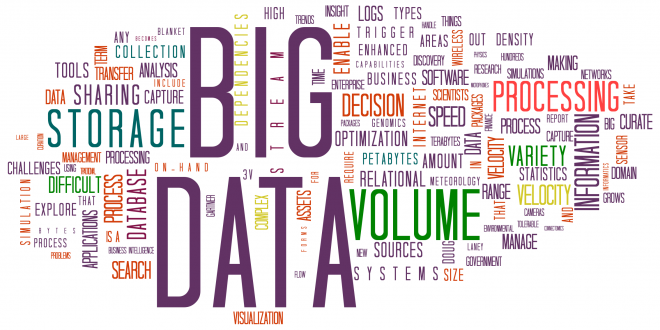Banking services and customer information management have significantly shifted during the past few years, and big data is revolutionizing banking in this twenty-first century.
Big Data analysis has enabled banks to check on data consistency, audit them, and report. This makes things easier to run and cuts down on spending. Yet, a few people still wonder: “How do banks use big data?” Read on to understand the importance of data in the banking sector!
What Does Big Data Mean?
Big Data is a term for a vast amount of organized and unorganized information in different formats. The most important features of this technology are its immense volume of datasets, high data transfer rate, possession of different categories of data simultaneously, and accuracy. The databases of Microsoft, Amazon, Paypal, Google, Twitter, Spotify, and Apple are examples.
Big Data’s Significance For Banks
Banks use data analytics to find out how customers spend their money, divide customers into different groups, find new ways to market investment plans and do much more. Fintech Big Data experts think that big it is a tool that lets a company create, change, and keep track of vast amounts of data quickly. It also gives enough information about a customer, which helps to forecast. Banks use the forecast to keep track of transactions in real-time and determine how customers spend their money.
How Do Banks Use Big Data?
With data as advanced technology, banks can determine how their customers are divided and how their cash flows are set up. They can get customers’ ratings from the feedback they give, look for possible risks, and halt fraud. Here are a few ways that banks utilize and the economic advantages they get from it:
1. Evaluation of What Customers Earn and How Much They Spend
Big data applications in banking have made it easy to keep track of how much money a customer makes and spends. The report will show how much money they made during a specific time frame and how it moved through their transactions. Data analytics in the banking industry can look at this relevant data and decide if the income has gone up or down, which income sources were more credible, how much was spent, and what channels the customer used to do certain transactions. This information will help the bank in its decision-making.
2. Putting Customers Into Groups
After the first look at the framework of costs and revenues, the bank divides its customers into different groups based on some factors. With this, they can deliver the best solutions to consumers in the coming years. This means that the firms that use banking will be better able to showcase additional packages to attract customers with special deals. Corporate banking can help estimate what customers will spend and earn in months and create a detailed plan to ensure their net profit is analyzed based on their investment.
3. Risk Evaluation and Fraud Protection
Recognizing how people usually handle their money will help the bank determine when any transaction is entirely mistaken. For instance, if a “watchful shareholder” attempts to take all their funds out of their account, it might mean that their card has been hijacked and used by scammers. In this circumstance, the financial institution will contact the customer to explain what’s happening. That process could be called Big data in retail banking because the bank has saved enough information about the customer, making it very simple to predict the attack.
4. Using Customer Feedback to Make Customers More Loyal
People now talk about how well a bank appears to work on a mobile app, its webpage, and social media platforms. Using banking and financial services, customer service providers can look at these available comments made by the general public and reply to questions quickly and satisfactorily. In turn, this makes customers more likely to stick with the bank.
Bottom Line
Banking and financial services is a great tool that has made transactions easy with additional benefits like managing all customers’ information, security, reduced costs, and help improved transparency. Big Data analytics in the banking market has made further forecasts of the economic status of customers achievable. With this article, it’s clear you’ve found the answer to the question: “How do banks use big data.”
Click here to read related articles.


